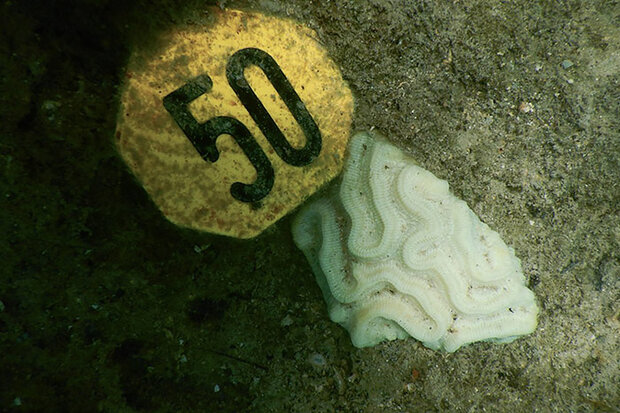What a marine heatwave means for south Florida

Bleaching observed in an experimentally outplanted coral. Credit: NOAA AOML

Bleaching observed in an experimentally outplanted coral. Credit: NOAA AOML
A marine heatwave has spread across the Gulf of Mexico and the Caribbean with temperatures ranging between one and three degrees Celsius (~2-4.5˚F) above average. Ocean temperatures around south Florida are the warmest on record for the month of July (dating back to 1981). Marine heatwaves are not unprecedented, but their influence on tropical storm development and coral reef health, as well as the persistence of the current heatwave, are among the causes for concern.
A marine heatwave occurs when ocean temperatures remain significantly above average temperatures for an extended period of time (ie the temperature remains above the 90th percentile for at least 5 days – but some can last for months). The current heatwave is on the upper end of what is considered “average” intensity compared to historical marine heatwave events. However, what is most concerning is that heatwave conditions in the Gulf of Mexico have persisted approximately 5-6 months, longer than any widespread marine heatwave in the region on record (dating back to 1991).
With respect for tropical storms, warmer ocean temperatures are generally considered to fuel storm development. This is especially concerning being in the midst of hurricane season with an already warm Atlantic Ocean.